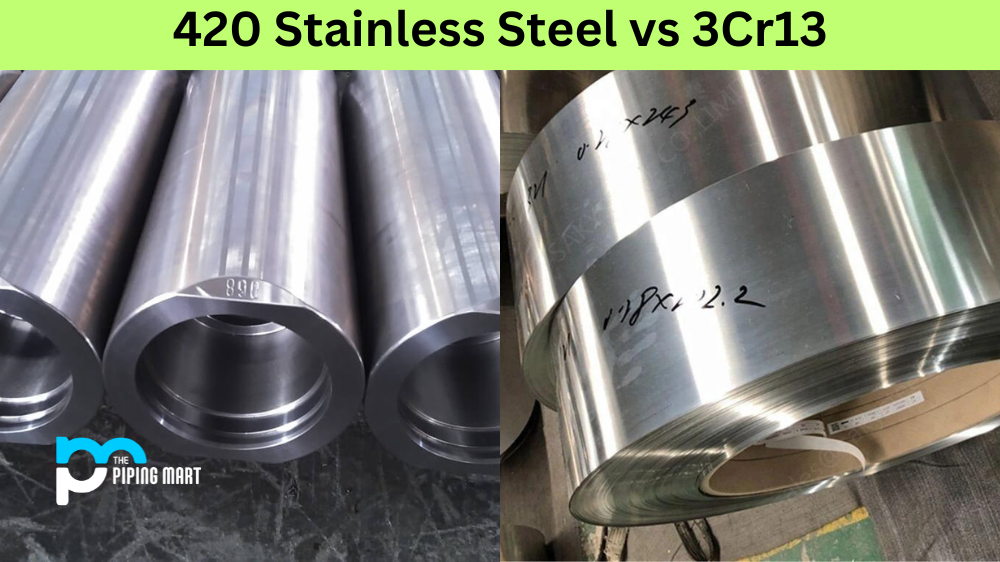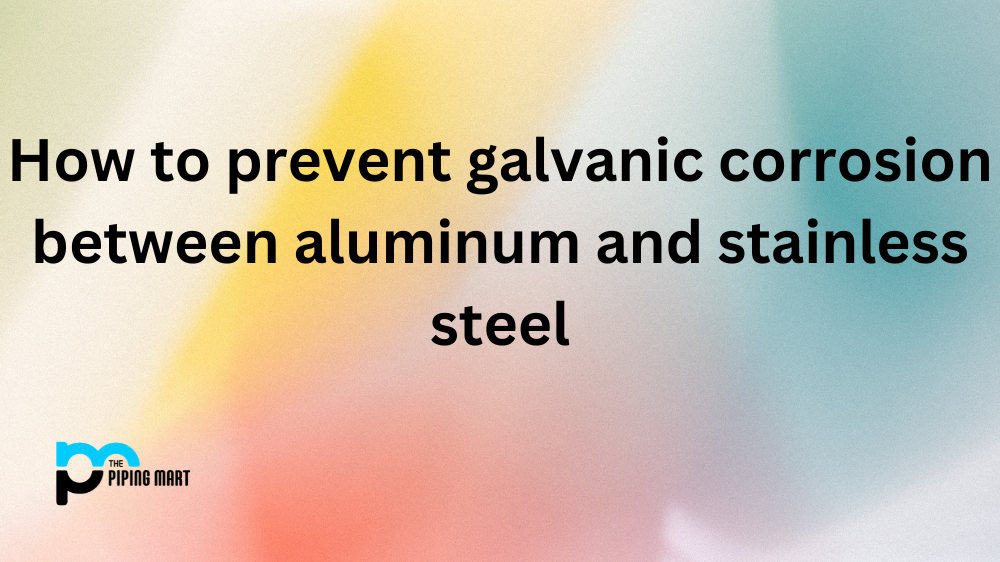Ballistic steel is an incredibly strong and durable material that is used to protect military personnel, buildings, and other assets. It has been tested and proven to be resistant to various weapons and explosives, making it a valuable asset for any country or organization looking for protection from enemy forces. In this article, we’ll discuss ballistic steel composition so you can better understand why it’s so effective.
The primary component of ballistic steel is iron ore with added carbon to increase its strength and durability. The iron ore is mixed with other elements such as manganese, chromium, nickel, molybdenum, vanadium, and tungsten in order to strengthen the material further. Combining these metals creates a unique alloy that is highly resistant to impact and heat.
Ballistic steel also contains silica which helps reduce the risk of sparks when the material is struck by a projectile or blast wave. Silica also helps reduce the chance of ricochets which can cause injury or death if they strike nearby personnel or vehicles. To ensure maximum protection against projectiles, ballistic steel often includes additional layers such as Kevlar or ceramic plates which are designed to absorb the kinetic energy from bullets without breaking apart as traditional metals would do.
Finally, ballistic steel includes small amounts of sulfur which helps keep the alloy from corroding over time due to exposure to moisture or other environmental factors. This improves its overall longevity so it can be used in high-stress situations where long-term reliability is essential.
Conclusion
Ballistic steel is an incredibly strong and durable material that has been specifically designed for use in military applications where extreme levels of protection are required. Its composition consists primarily of iron ore combined with various other metals, including manganese, chromium, nickel, molybdenum, vanadium, and tungsten. This help makes it both impact-resistant and heat-resistant while also providing corrosion resistance thanks to the small amounts of sulfur included in the alloy mix. By understanding how ballistic steel works on a molecular level, you can better appreciate why this material has become so widely used in modern warfare; it truly offers superior protection compared to more traditional materials like wood or metal plating.

Pipingmart is B2B portal specializes in industrial, metal and piping products. Also, share latest information and news related to products, materials and different types grades to help business dealing in this industry.




